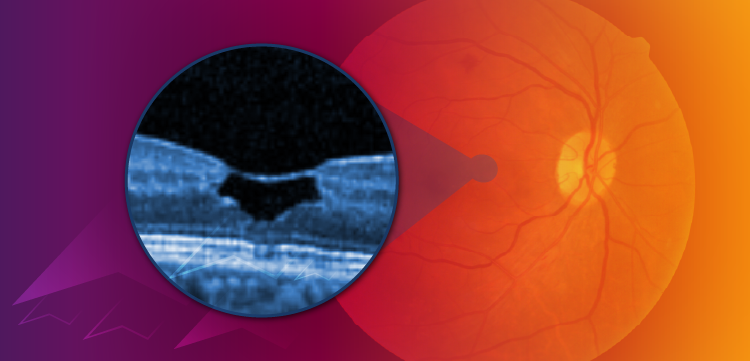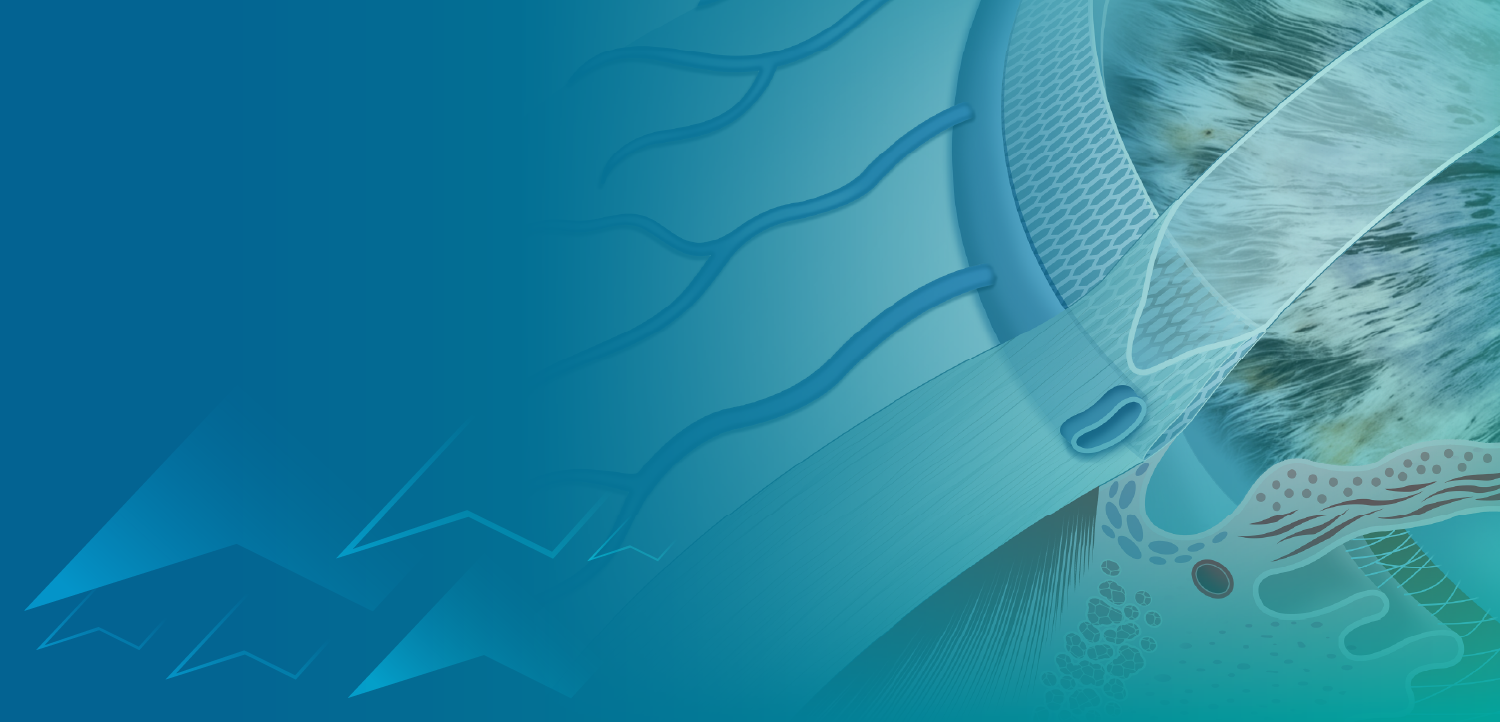Schwind eye-tech premieres excimer laser
Schwind eye-tech-solutions premiered its new excimer laser (Amaris) at the annual meeting of the European Society of Cataract and Refractive Surgeons in Stockholm, Sweden.
Kleinostheim, Germany-Schwind eye-tech-solutions premiered its new excimer laser (Amaris) at the annual meeting of the European Society of Cataract and Refractive Surgeons in Stockholm, Sweden.
Among its features, the laser offers a pulse frequency of 500 Hz, two automatically adapted fluence levels for ablation control, and what the company says is the fastest eye tracker on the market-with a response time of less than 3 milliseconds-compensating every movement of the eye up to the fifth dimension. In addition, with online pachymetry, the laser continuously measures corneal thickness during the treatment, allowing the surgeon to decide at any time how best to proceed with a refractive correction.
One-month results of the first international multicenter LASIK study with the laser are encouraging regarding visual acuity (VA), predictability, and variance, according to the company. The study involved 389 myopic eyes in patients aged 18 to 60 years. Some of the patients also had astigmatism.
Also after 1 month, postoperative uncorrected VA of 20/20 or better was achieved in more than 92% of treated patients. No single patient eye had a VA of less than 20/32. In 99%, UCVA of 20/25 or better was achieved, and VA of 20/16 or better was achieved in more than 32% of study participants.
No trend toward overcorrection or undercorrection was detected after 1 month. All results were obtained without the use of individual nomograms.
Newsletter
Don’t miss out—get Ophthalmology Times updates on the latest clinical advancements and expert interviews, straight to your inbox.


















































.png)


